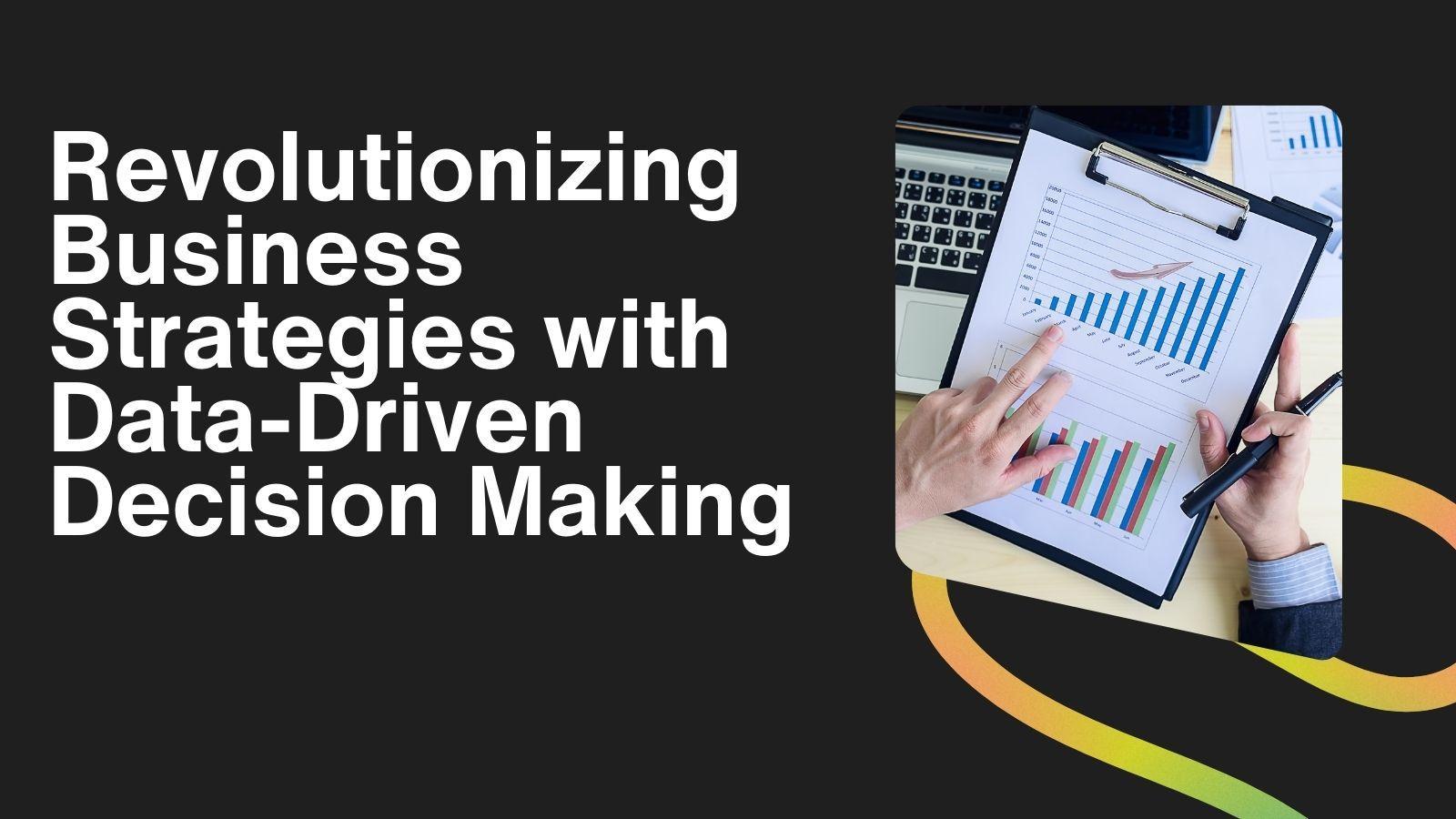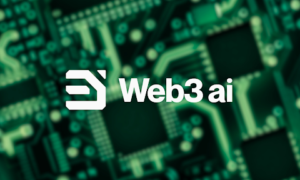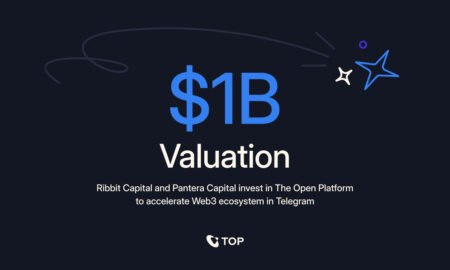In this digital age, leveraging data for strategic decision-making has become a cornerstone for organizational success and competitiveness. Mohanraj Varatharaj, a recognized expert in distributed systems, explores this transformation in his latest work, focusing on Data-Driven Decision Making (DDDM) as a pivotal driver for enterprise innovation and growth. With over a decade of experience, his insights combine technical rigor with practical relevance, equipping organizations with effective tools to navigate and thrive in a data-centric world. His framework also addresses the challenges of integrating data-driven methodologies, offering solutions tailored to modern enterprise needs. By aligning technology with strategic goals, it paves the way for sustained business excellence.
Redefining Decision-Making with Data
Data-Driven Decision Making represents a shift from intuition-based strategies to evidence-backed choices, redefining how organizations approach decision-making. It emphasizes the systematic collection, analysis, and utilization of data to inform business strategies and drive operational efficiency. By replacing conventional methods reliant on historical patterns, DDDM offers enhanced accuracy, improved risk mitigation, and expanded growth opportunities, enabling enterprises to adapt quickly in competitive markets. This approach empowers organizations to make informed, agile decisions, ensuring long-term resilience and success.
Technological Foundations of DDDM
The backbone of effective DDDM lies in robust technological infrastructure. Advanced analytics platforms facilitate real-time data processing, integrating structured and unstructured data from diverse sources. Machine learning (ML) and artificial intelligence (AI) enhance this capability by enabling predictive modeling and adaptive systems that evolve with changing business landscapes. Big data frameworks and serverless computing architectures further strengthen these systems, ensuring scalability and efficiency in handling massive datasets.
The Role of Real-Time Analytics
Real-time analytics emerges as a game-changer in data-driven ecosystems. It combines edge computing and serverless technologies to process data instantly, providing actionable insights for time-sensitive scenarios. This capability is particularly impactful in sectors requiring immediate responses, such as urban monitoring and environmental management, where quick decisions can significantly influence outcomes.
Frameworks for Seamless Integration
Implementing DDDM requires a cohesive integration of data systems across organizational layers. Standardized protocols, unified data repositories, and advanced ETL processes are vital to ensuring consistency and accessibility. These frameworks address legacy system challenges while enabling smooth real-time synchronization, making data accessible and actionable across departments.
Transforming Organizational Workflows
Adopting DDDM necessitates reimagining traditional workflows. By embedding data validation, analysis, and feedback loops into decision-making points, organizations can foster transparency and accountability. Comprehensive KPI monitoring and feedback mechanisms further refine this process, aligning operational goals with strategic objectives and ensuring continuous performance enhancement.
Empowering Teams Through Data Literacy
A crucial aspect of DDDM adoption is cultivating data literacy within the workforce. Organizations must prioritize training initiatives that equip employees with the skills to interpret and use data effectively. Simplified visualization tools and user-friendly interfaces can bridge the gap for non-technical users, democratizing data access and empowering cross-functional teams.
Cultural Transformation for Success
Shifting from intuition to evidence-based decision-making requires more than technology—it demands a cultural overhaul. Organizations must foster a mindset of continuous learning, data sharing, and evidence-based practices. Encouraging collaboration across hierarchical levels ensures that data becomes a shared asset, driving innovation and informed decision-making at every turn.
Overcoming Challenges in DDDM Adoption
Despite its potential, DDDM adoption comes with challenges. Data quality, integration complexities, and privacy concerns often hinder implementation. To counter these barriers, organizations must establish robust governance frameworks, invest in scalable infrastructure, and prioritize ethical data use. Addressing these issues holistically ensures a smoother transition and sustained benefits.
Future Pathways in Data-Driven Enterprises
The evolution of DDDM points towards autonomous systems powered by AI and digital twins, capable of making self-learning decisions. As organizations navigate this trajectory, the focus will shift towards refining data quality, enhancing privacy protocols, and innovating performance measurement approaches. These advancements will solidify DDDM’s role as a critical enabler of business excellence.
In conclusion, Mohanraj Varatharaj highlights the transformative potential of DDDM in reshaping enterprise strategies. By addressing both technical and cultural dimensions, his framework provides a roadmap for organizations aspiring to lead in a data-driven economy. As businesses continue to embrace these innovations, the journey toward operational excellence and sustainable growth becomes ever more attainable.



































